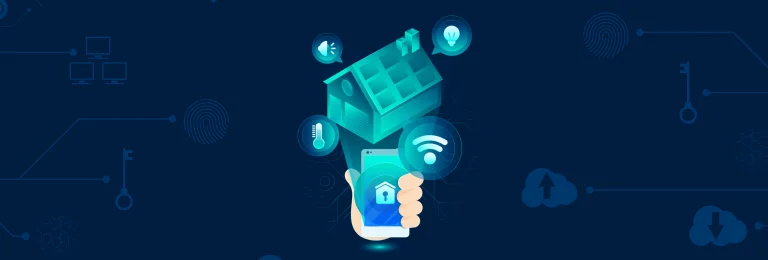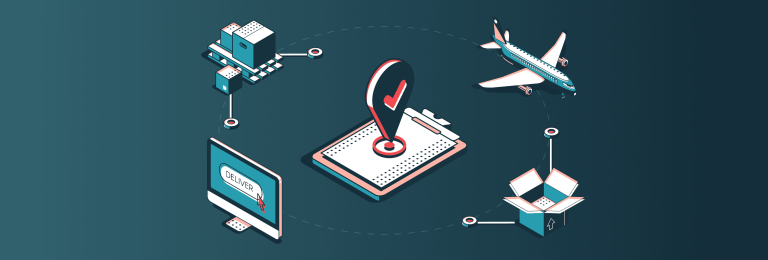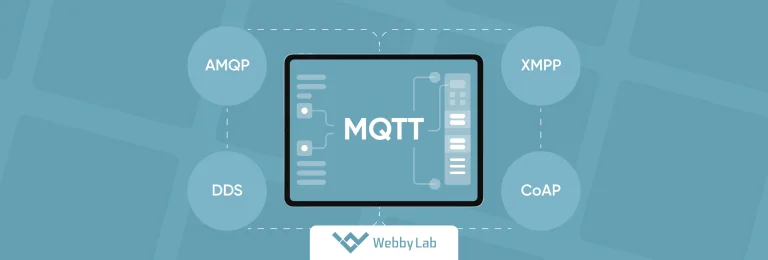IoT Gateways Explained: What Is It, Key Features and Use Cases
Written by:

Kostiantyn Oliynyk
Head of IoT at Webbylab
With a robust academic background in Telecommunication Systems Engineering, I apply my knowledge to lead innovations in the IoT domain. Starting as the first team member in the newly formed IoT department at WebbyLab, I've spearheaded its growth, fostering the expansion into embedded and hardware development alongside our core software projects. My dedication lies in pushing the boundaries of IoT technology, fostering a culture of innovation and excellence that profoundly impacts our clients' operational success.
Edge computing involves processing data locally, and an IoT gateway is a key component in this process. It collects data from IoT devices and sensors and preprocesses it right on the premises.
Yes, IoT gateways can work with legacy systems. It’s especially true for universal gateways like MINEW and LoRaWAN.
Some IoT gateways enable edge computing capabilities. What is an IoT gateway in that case? It’s a device that can run applications and analytics locally, minimizing latency and reducing the volume of data transmitted to the cloud.
Types of IoT gateways include cloud-based gateways, edge gateways, protocol gateways, IoT security gateways, universal gateways, and beyond.
IoT gateways are indispensable because they act as the bridge between devices and the cloud. They manage communication and data flow, ensuring all devices in the ecosystem connect easily.
Yes! A universal IoT gateway design is made to support several protocols simultaneously. It makes it easier for you to integrate everything into one system.
To choose a suitable IoT gateway, consider your needs — like the protocols you require and the types of devices you want to connect. Look for gateways compatible with cloud platforms like Microsoft Azure, IBM, or AWS for their strong capabilities for development and scaling. Determining your requirements clearly will help you minimize risks and select a suitable solution.
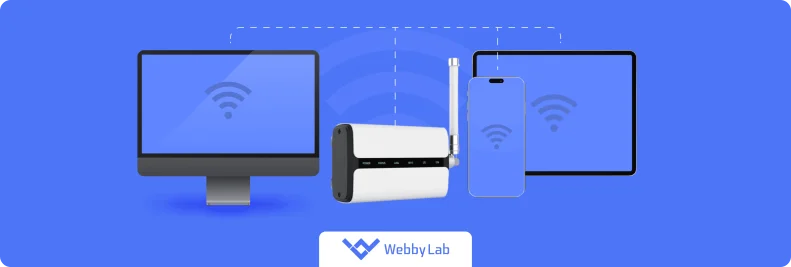
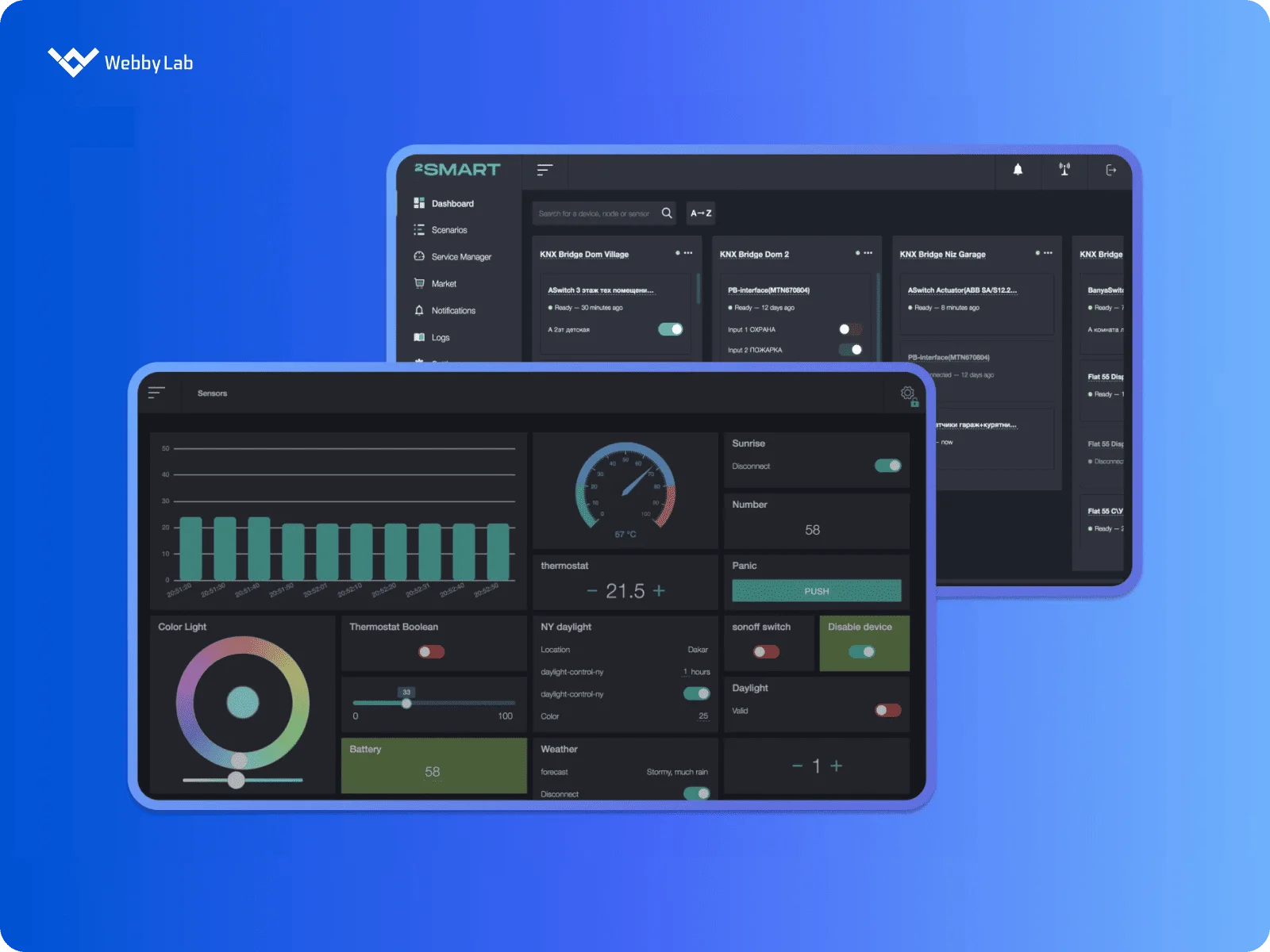
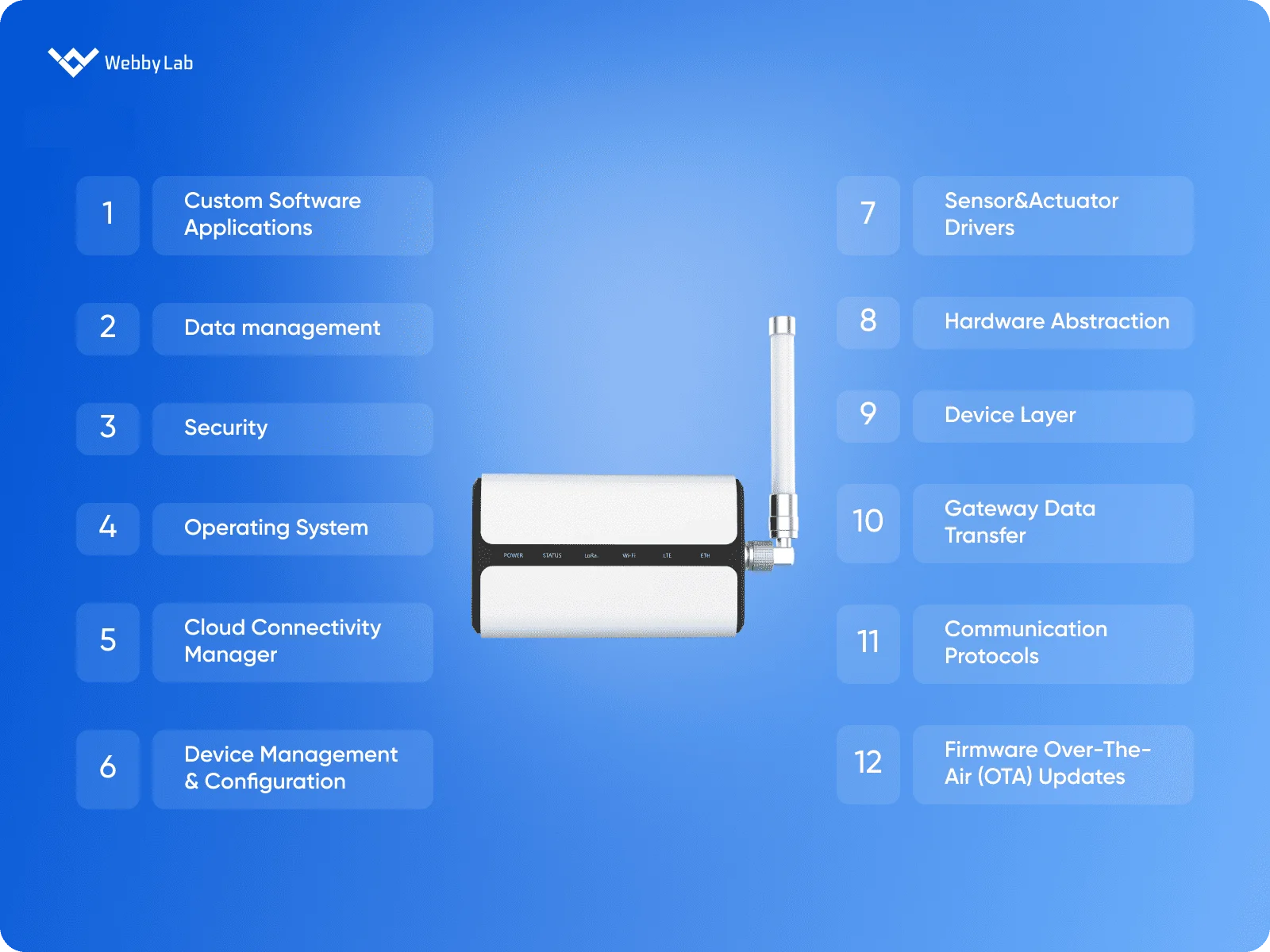


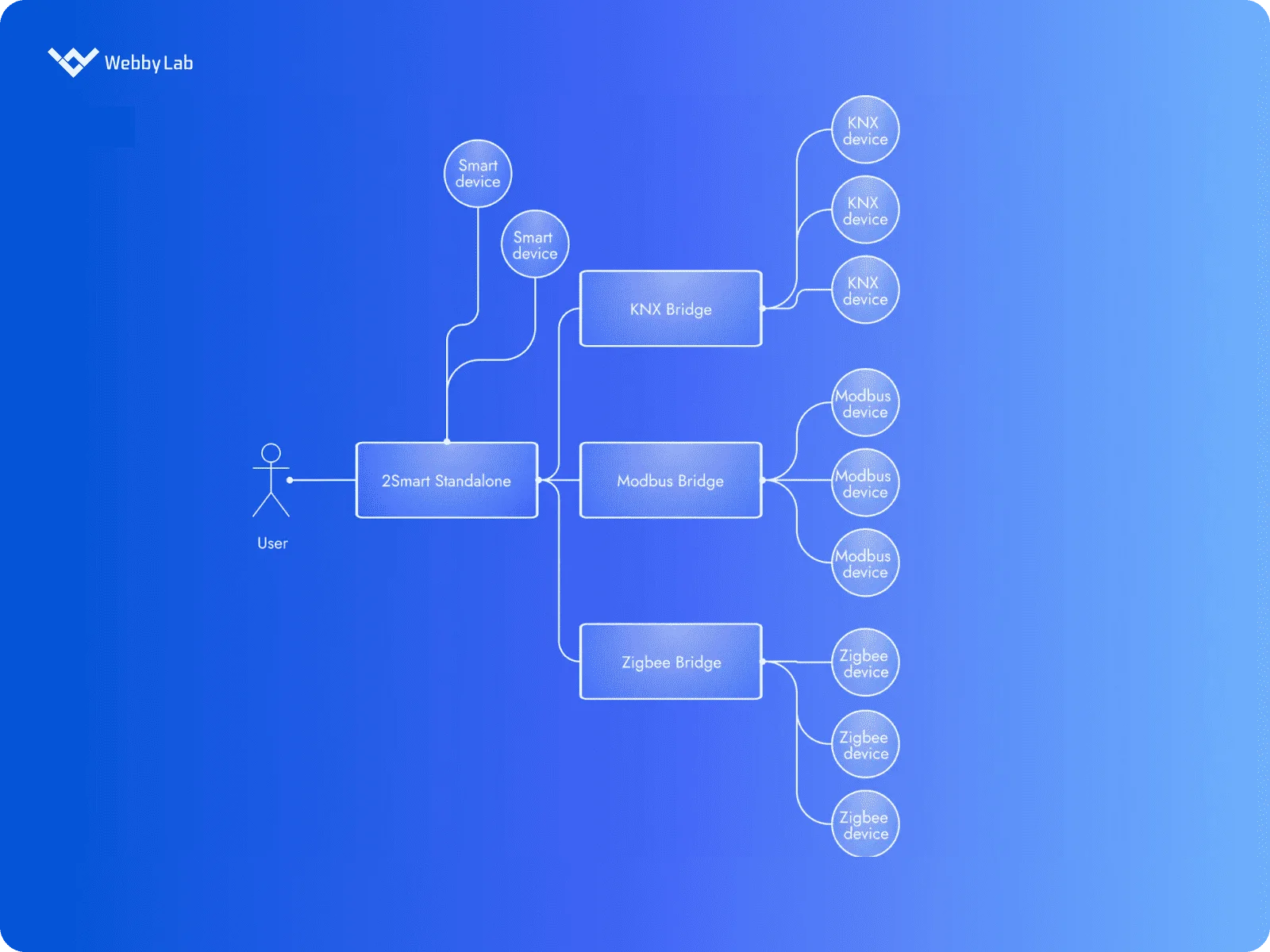
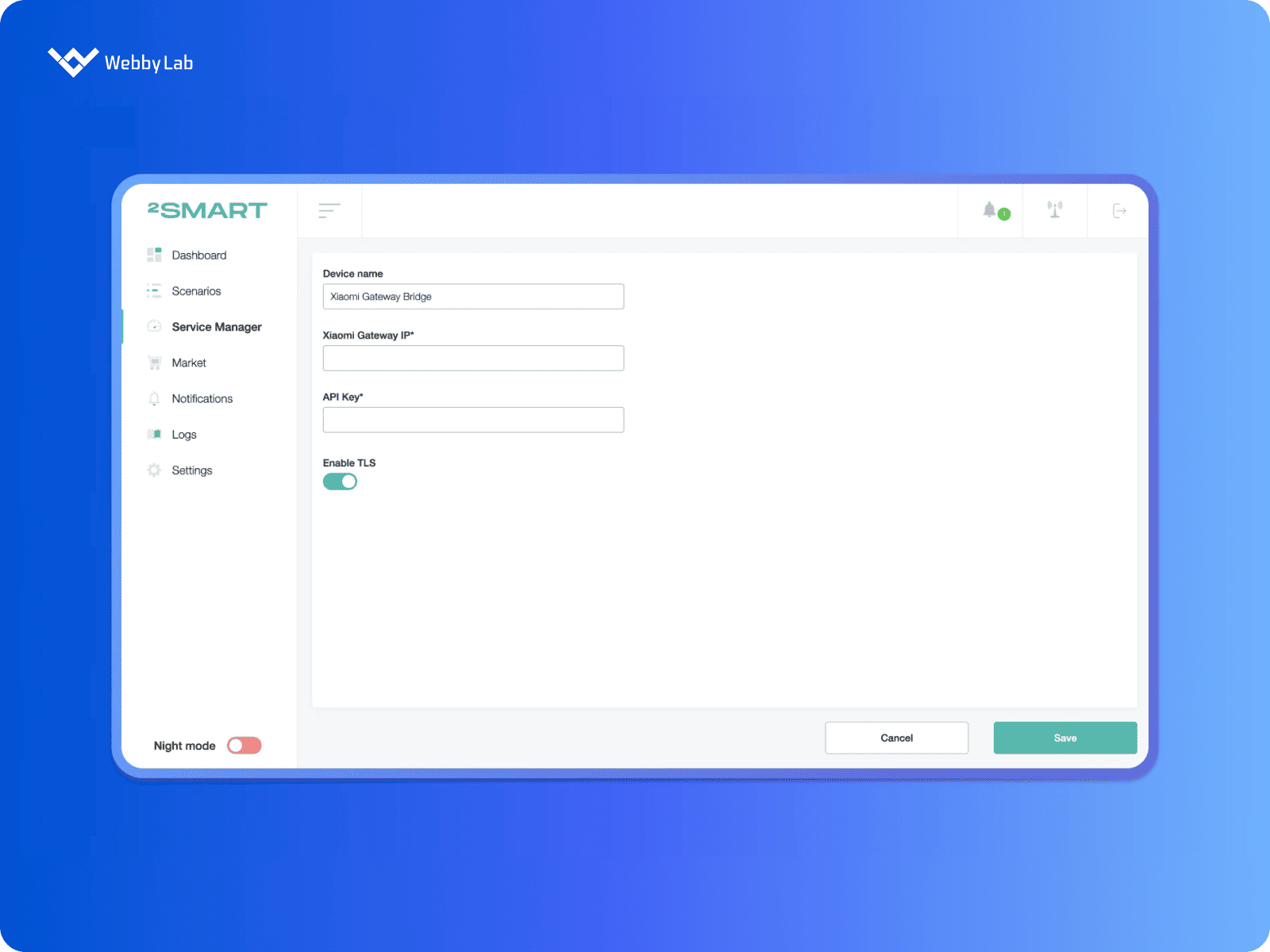
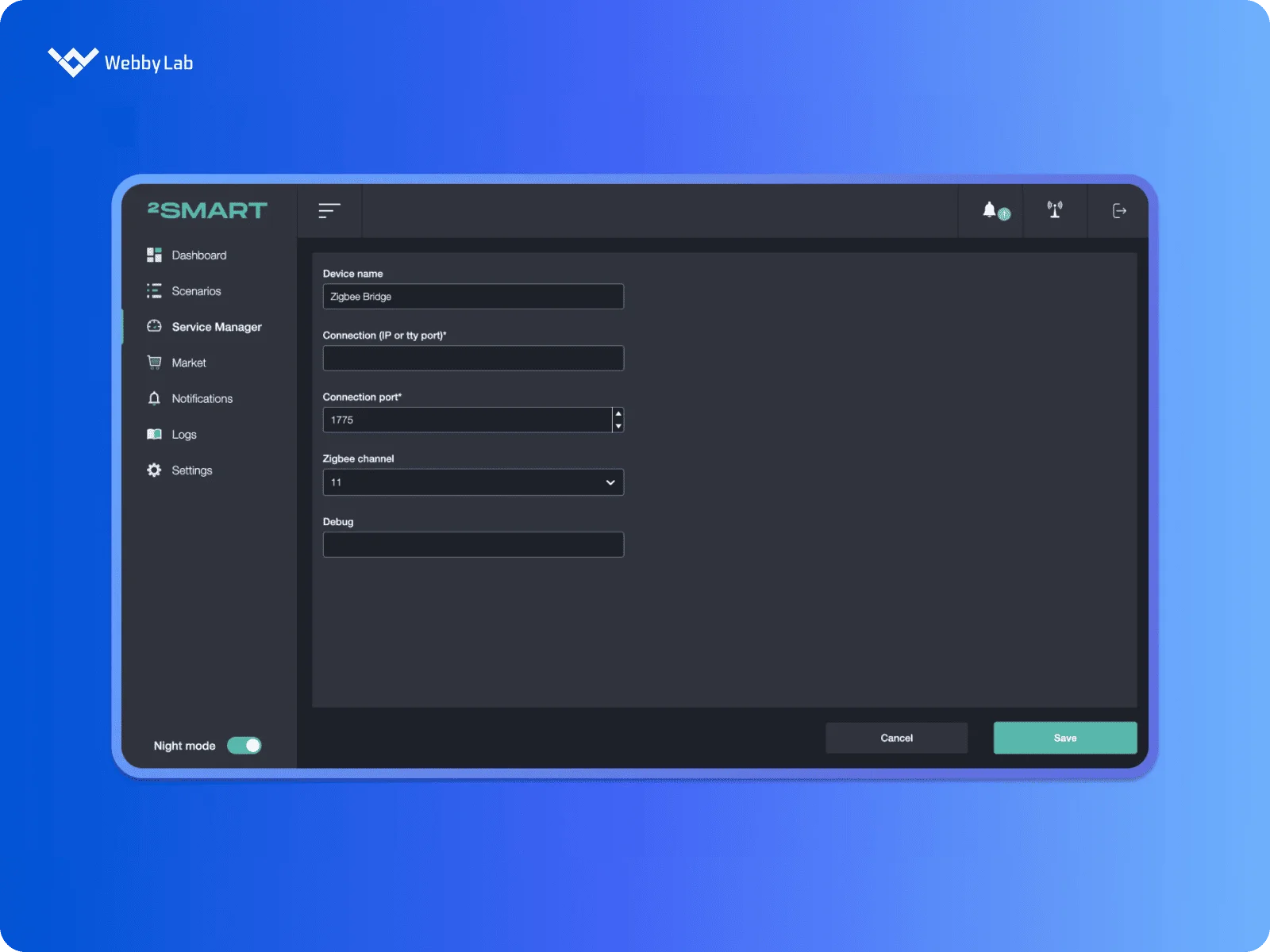
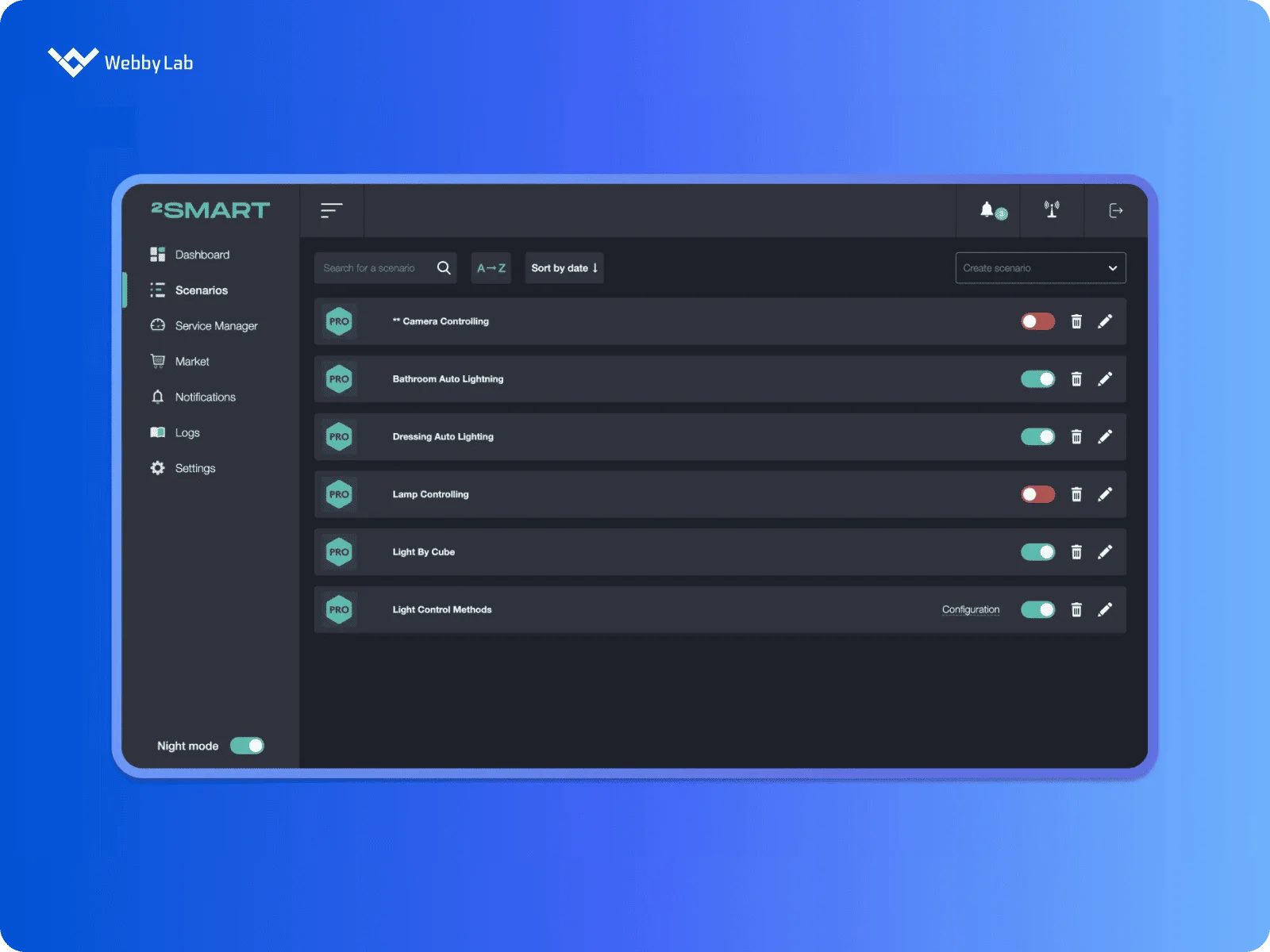
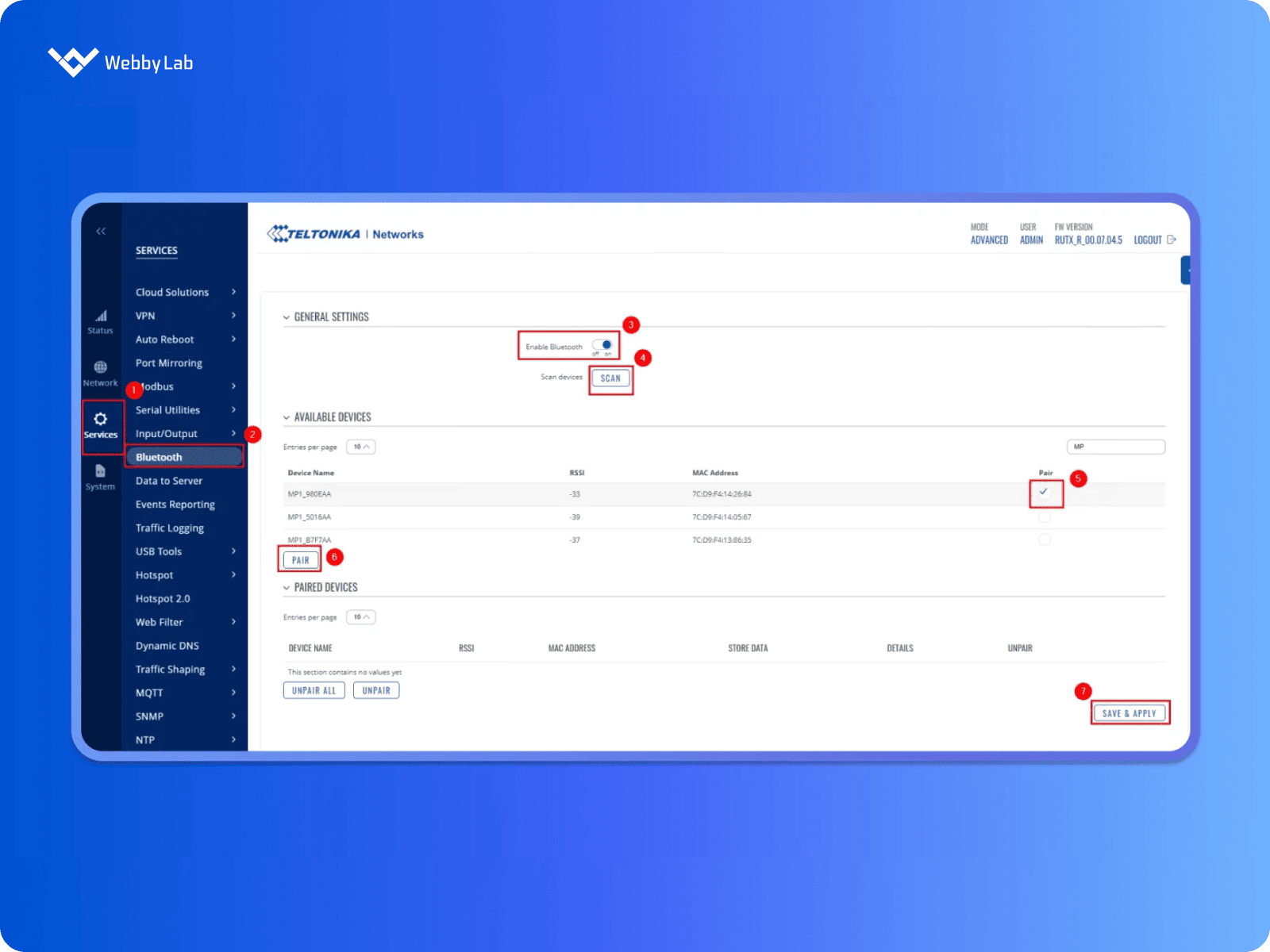
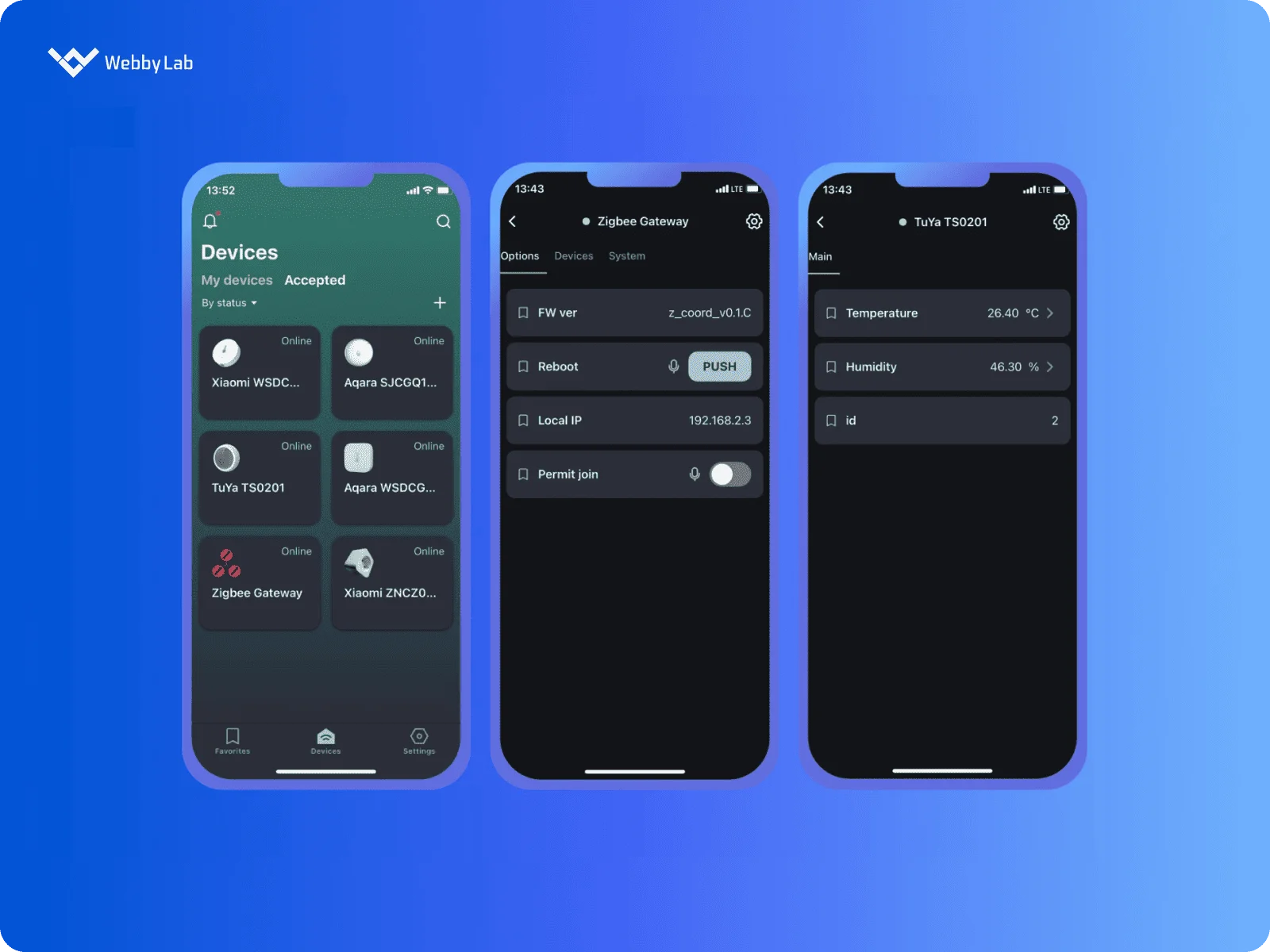
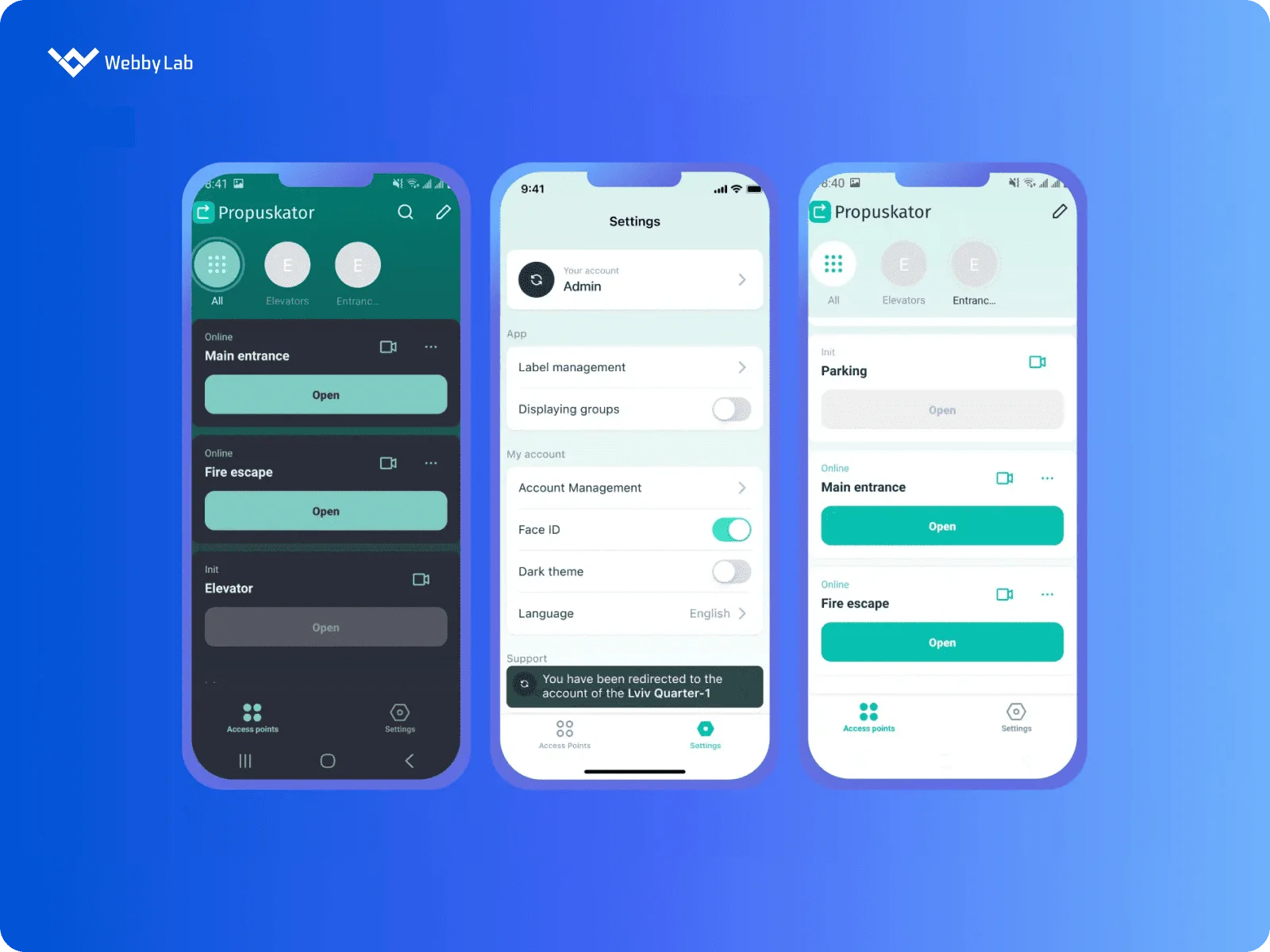






![IoT Product Development [Explained]: 9 Steps to Production](https://webbylab.com/wp-content/uploads/2024/10/upload_671fa7a3c3f6f-768x260.png)

